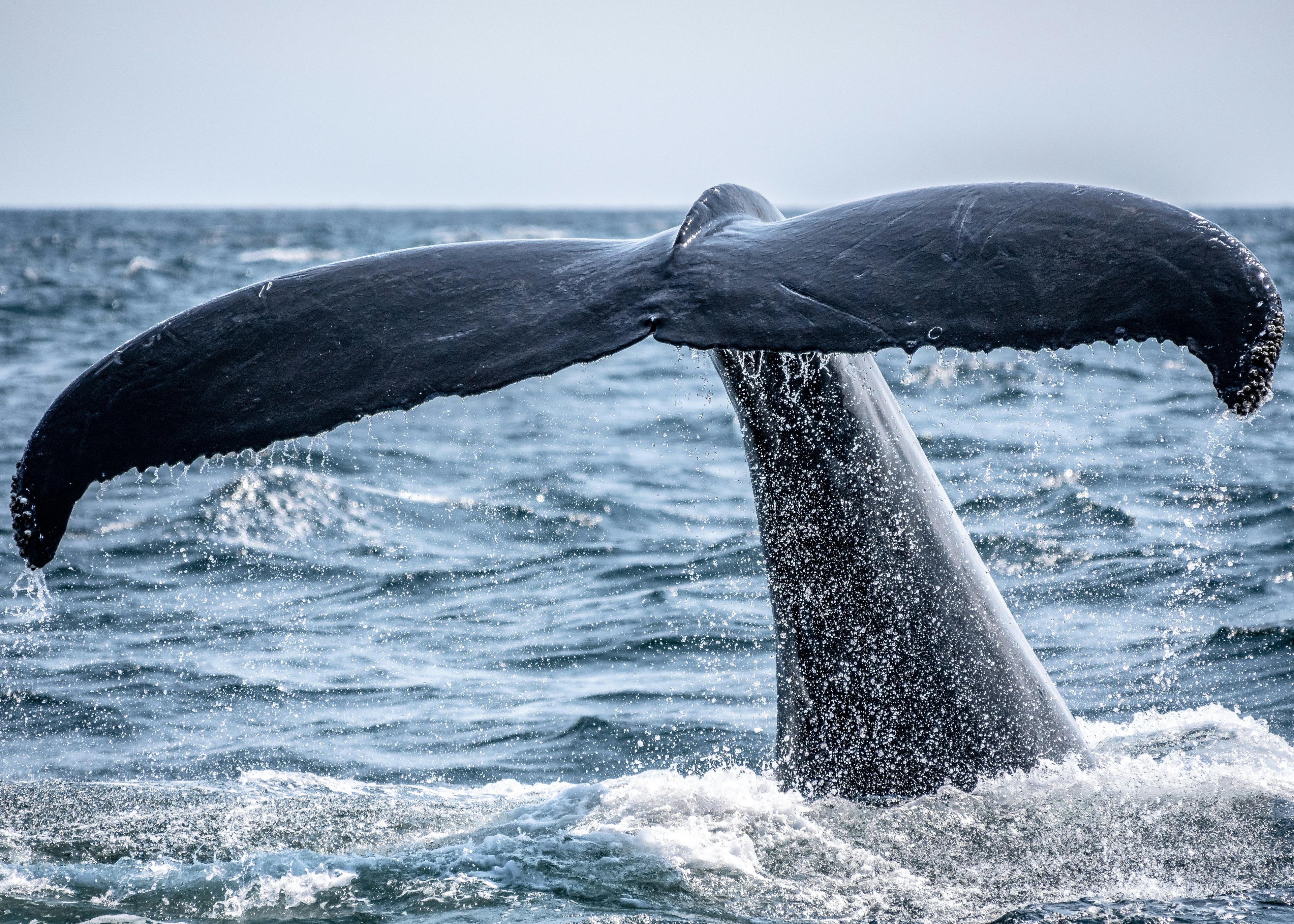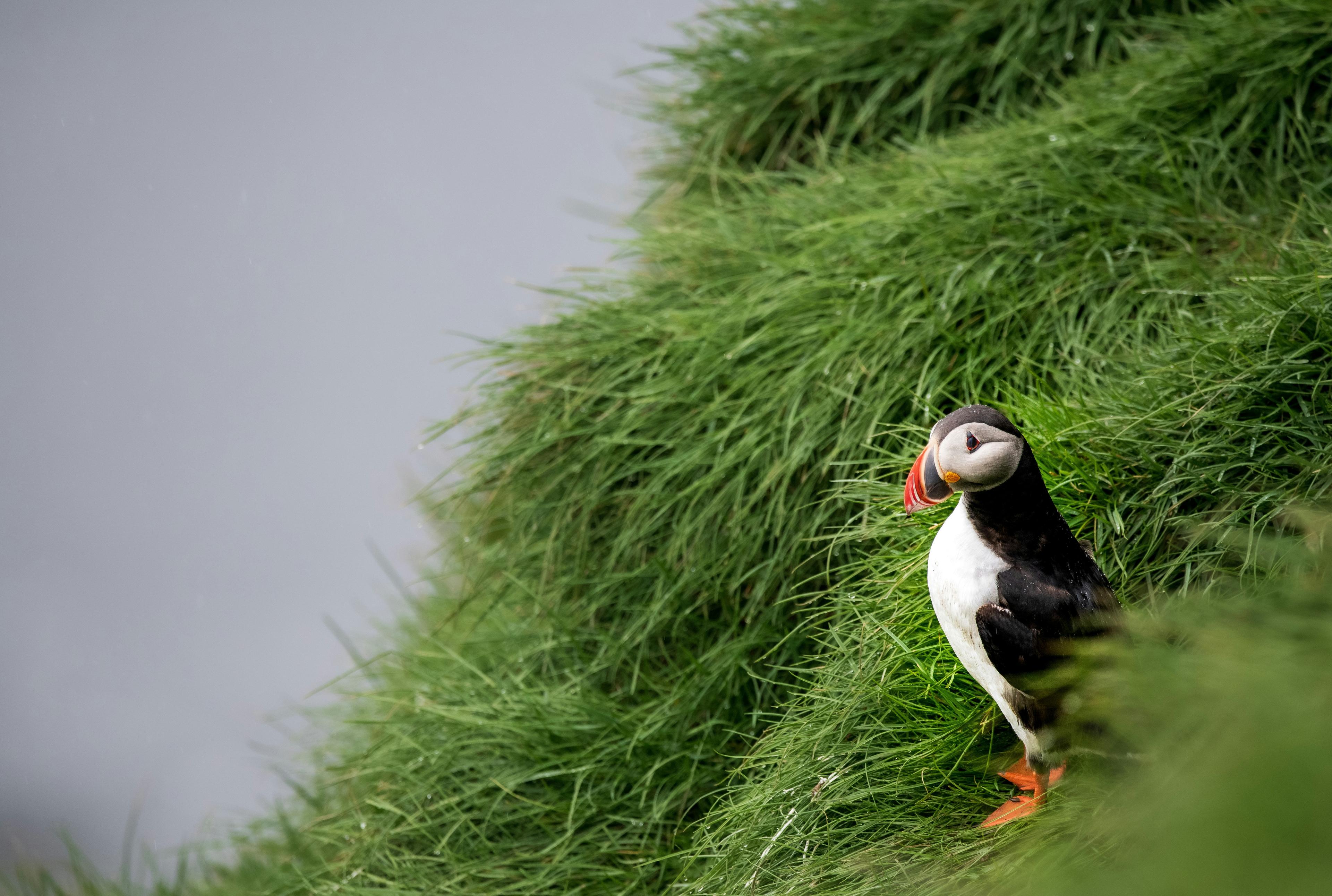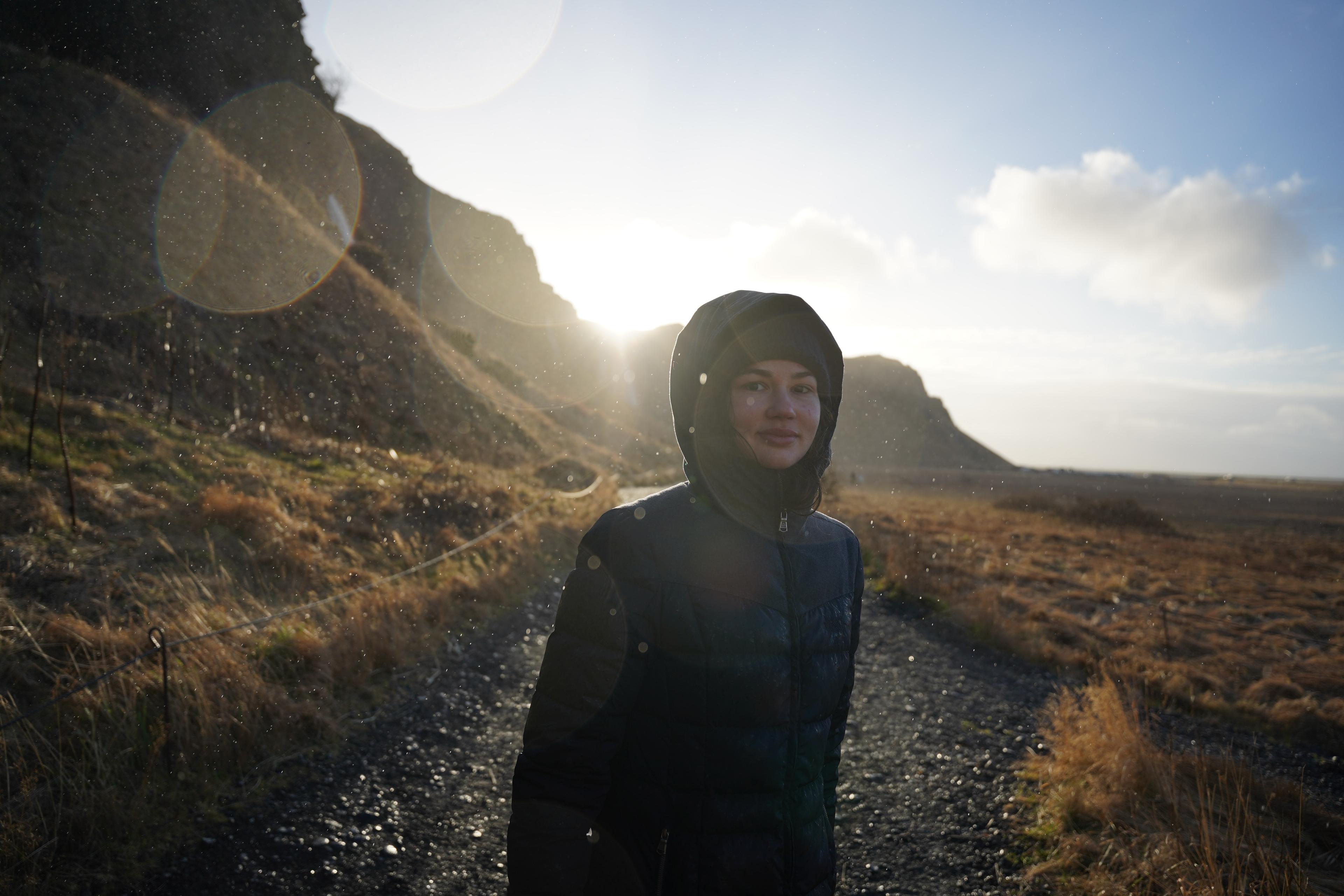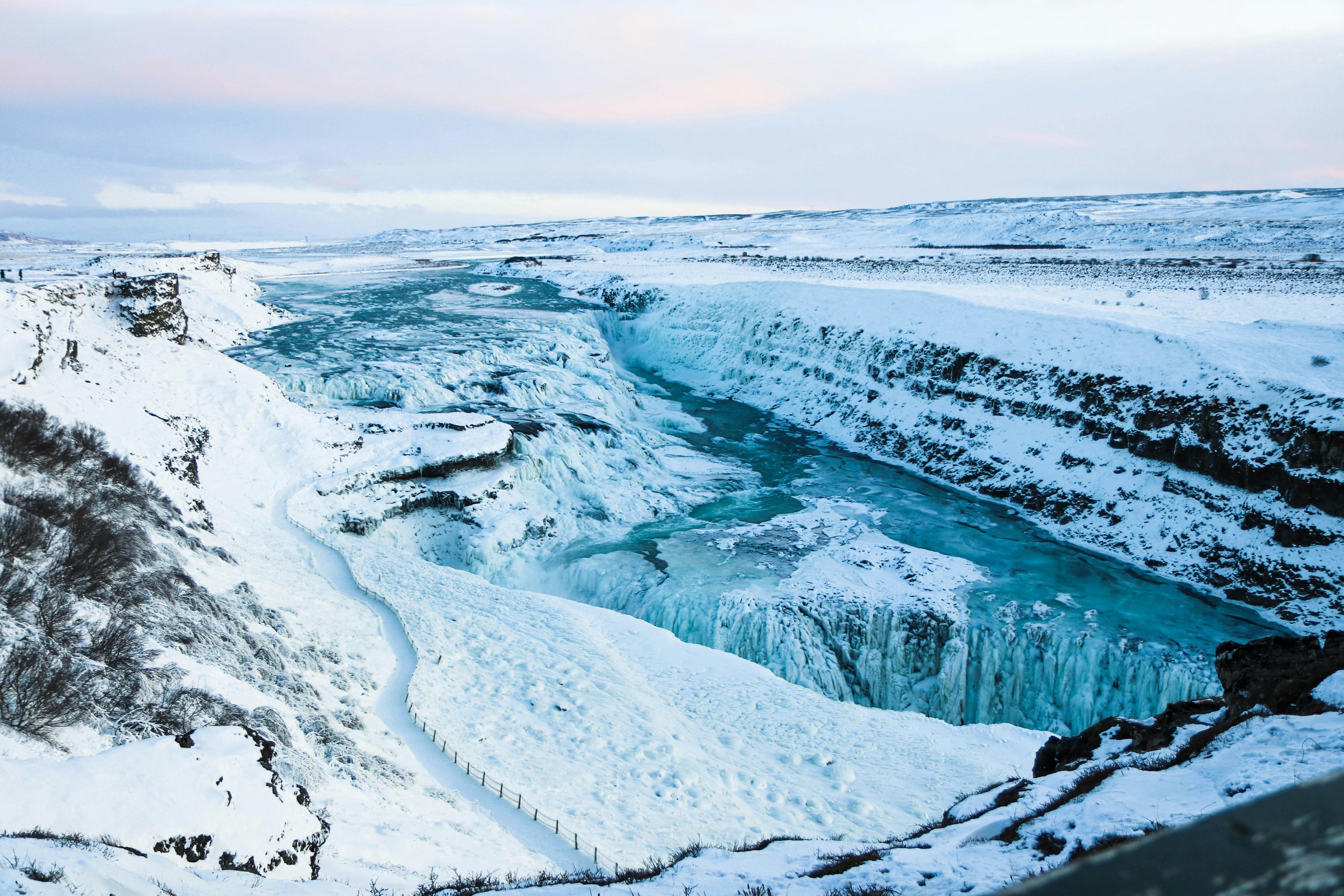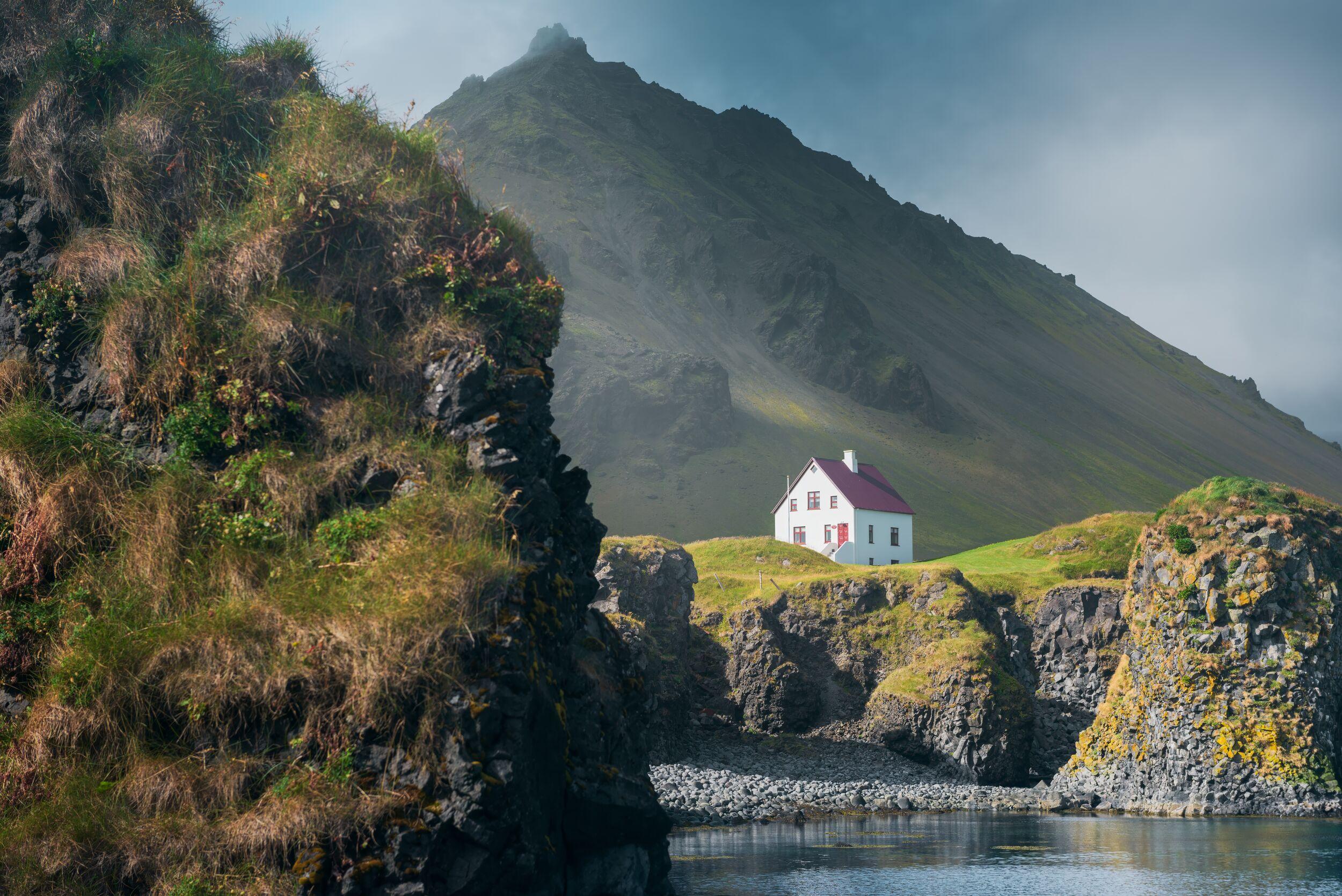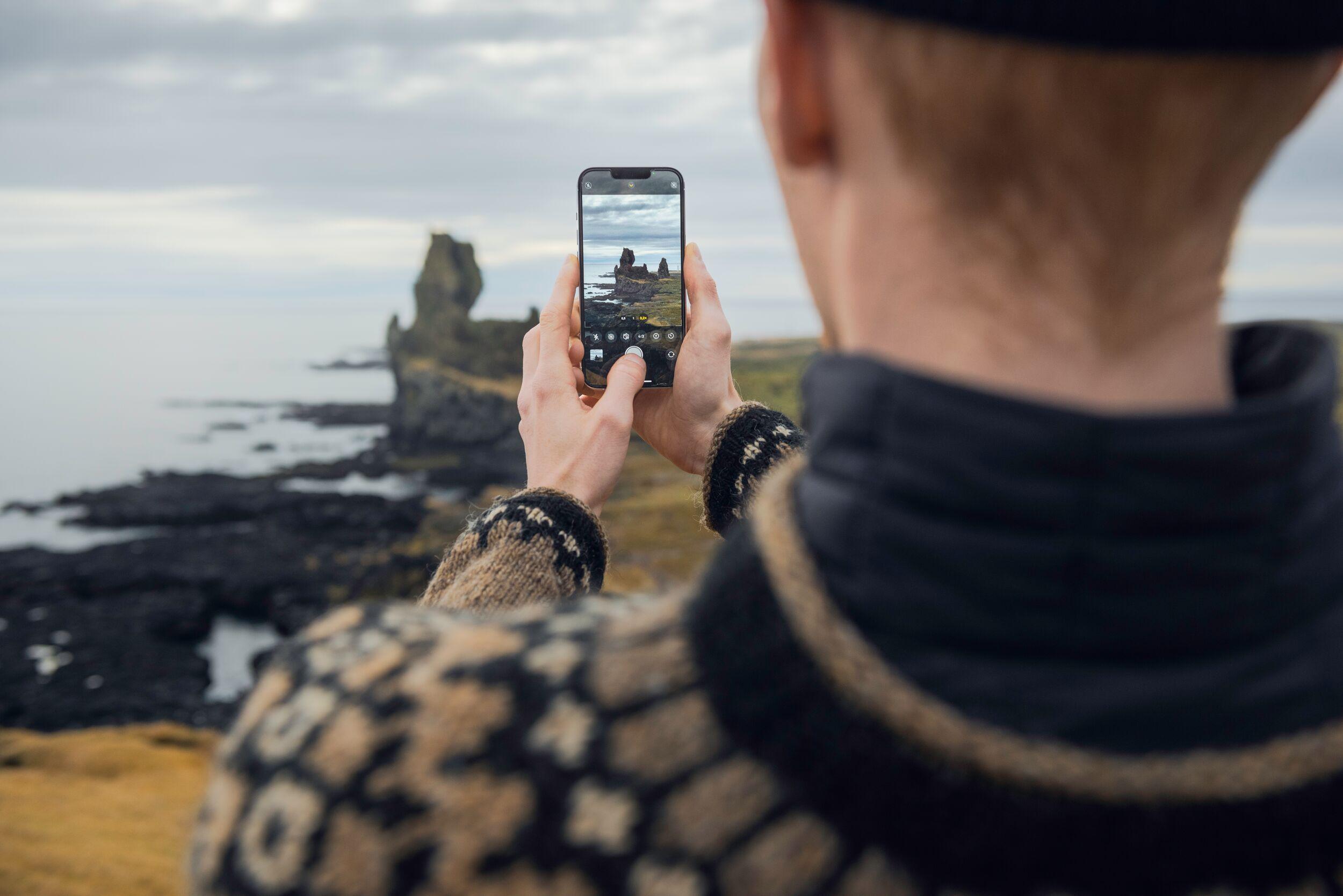Whale Watching in Iceland
Table of Contents
- 1Where Can You Go On a Whale Watching Tour?
- 2What Types of Whales Can You Expect To See?
- 3When Is the Best Time of Year To Go on a Whale Watching Trip?
- 4What Can You Expect During Your Whale Watching Excursion?
- 5What Should You Bear in Mind When Choosing a Whale Watching Tour?
- 6How Should You Prepare For a Whale Watching Trip?
- 7How Can You Be Sure You’re Whale Watching Responsibly?
- 8Questions and Answers about Whale Watching in Iceland
For many travellers, heading out on a whale watching tour is one of the highlights of their trip. The chance to see these impressive marine mammals in their natural habitat against the backdrop of Iceland’s extraordinary coastal scenery is irresistible. If you’re planning to go whale watching in Iceland, let’s explore some of the things you need to know.
Where Can You Go On a Whale Watching Tour?
Whale watching cruises set out regularly from some of the most striking parts of the Icelandic coast. From the Old Harbour in Reykjavík, boats head out into pretty Faxaflói Bay.
They also depart from Dalvík in North Iceland, chugging through the majestic landscapes of Eyjafjördur leaving the Tröllaskagi mountains behind. In both these locations, tours run year-round and there are multiple departures to make the most of the extra daylight during long summer days.
In addition, in the north you’ll find whale watching boat trips that focus on Skjálfandi Bay beyond Húsavík as well as from Stykkishólmur and Ólafsvík on the Snæfellsnes peninsula.
We often see whales through the Icelandia office window; in fact recently, we witnessed a pod of orcas (killer whales) crossing Skarfabakki Bay.
Iceland's waters are home to 23 species of whales, showcasing the incredible diversity of marine life in this pristine environment.
What Types of Whales Can You Expect To See?
While you’re in Iceland, you’ve a good chance of seeing an array of different cetacean species – the term refers to members of the whale, dolphin and porpoise family. In fact, according to the Icelandic Institute of Natural History, 23 species have been seen in Icelandic waters, making us one of the world’s premier whale watching destinations. Some are more commonly spotted than others, so let’s take a look at those you’re most likely to see.
Humpback whales
Humpback whales love to be acrobatic, so you’ll often see them leaping out of the water or slapping it with their long flippers. Before they dive, to the delight of those watching from nearby boats, they lift their fluke. These magnificent mammals can measure as much as 17 metres long and are frequent summer visitors to Iceland.
Minke whales
There’s a healthy population of minke whales in Iceland. Small and sleek, you can distinguish them from the white band across their flippers, a tapered head and a ridge that runs along their back. Minke whales are famous for their curiosity and often approach whale watching boats.
Orcas (killer whales)
Orcas are considered whales but are also classed as the largest member of the dolphin family. Compared to some whale species, they don’t spend as much time underwater and are social creatures that like to remain in groups. With their distinctive black and white colouring, these fast swimmers are easy to spot and always well-received.

Humpback whales are known for their friendly and curious nature, often approaching boats to investigate and interact with humans.
Fin whales
Fin whales are the second largest whale on the planet; only blue whales are bigger. When they blow, it can reach up to 9 metres in the air. They rarely appear in front of visitors on Iceland whale watching trips but if you’re hoping to get lucky, summer gives you the best odds.
Sperm whales
There are a greater number of sperm whales in the west of Iceland than up north. However, as they like to feed on squid, they can spend up to an hour at a time at great depths, remaining hidden from sight. Nevertheless, they’re worth watching out for: this is the largest species of toothed whale; its head represents a third of its total length.
Blue whales
If you’re struggling to get your head around the size of these massive cetaceans, then consider this: their tail is as wide as a football net and you could park a car in its mouth. Book a whale watching tour from north Iceland to maximise your chance of witnessing this enormous beast.
In addition, occasionally narwhals make an appearance in Icelandic waters. These curious creatures have a single, long tusk that extends from their head. Belugas are another unusual species thanks to their ghostly white appearance. It’s possible to visit a pair of rescued belugas, Little White and Little Grey, in the sanctuary in Heimaey in the Westman Islands.

A pair of rescued belugas live in the world's first open-water beluga sanctuary in the Westman islands.
When Is the Best Time of Year To Go on a Whale Watching Trip?
Whale watching season in Iceland actually spans the whole year. While traditional wisdom states that summer is the best time to go whale watching in Iceland. Between April and September, it’s believed that the warmer sea temperatures lure whales closer to Iceland in greater numbers. As a tourist, you might also argue the wider choice of sailing times is an advantage. In mid-summer, the chance to go on a whale watching trip under the midnight sun is an exciting prospect.
That said, don’t rule out a trip during the colder months. The 2023/2024 winter whale watching season was exceptionally successful. We’re delighted to report that most Reykjavík-based tour operators achieved a 100% success rate. This challenges the long-held myth that whales aren't around all year. They are, and due to the reduced presence of cruise ships, they come closer to the city than in summer.
Whales are present in the Icelandic waters all year round.
What Can You Expect During Your Whale Watching Excursion?
Prior to boarding you’ll be asked to register and complete any paperwork that’s required. Depending on the season and the type of vessel, you might be offered warm overalls to wear, which you pull on over your own clothes. It’s definitely a good idea to accept these! Once everyone’s ready, you’ll board from the harbour quayside or pontoon.
After a safety briefing from your guide, the boat will motor out to the open water, aiming for where there have been recent reports of sightings. The boat will move from place to place during the tour, getting as close as possible to the whales without disturbing them. Often at this point the captain will circle the boat around to make sure you see them no matter where you’re sitting.
What Should You Bear in Mind When Choosing a Whale Watching Tour?
Whale watching tours take multiple forms, from small, high speed RIBs that get the adrenaline pumping to traditional oak-hulled boats that ooze history and charm. RIBs are a thrilling ride for the adventurous. Larger boats, on the other hand, tend to be slower yet more comfortable with plenty of space to sit and the opportunity to move around.
Some boats also offer the opportunity to sit inside, which is a bonus at the end of the tour if you’re feeling the cold. If you’re travelling with children, it’s worth noting that tours using bigger boats don’t usually have an age limit, making this a family-friendly choice when you’re looking for things to slot in to your Iceland itinerary.
However, when it comes down to it, the biggest factor in choosing your whale watching tour in Iceland will be location. Sometimes, even in summer, weather conditions can delay or cancel a departure. So, you may need to show some flexibility. While tour operators work hard to get you rebooked, it helps if you’re still staying locally.
How Should You Prepare For a Whale Watching Trip?
Having chosen your whale watching trip, your mind will turn to preparations. Wearing the correct clothing can make a big difference to your comfort and enjoyment on a whale watching trip. Get it right, and you won’t notice the chilly sea air or the spray; get it wrong and this could be a tour you remember for all the wrong reasons.
Layers are vital; you can always take an item of clothing off if you’re too warm but once you’re on board, you won’t be able to nip back to the hotel to pick something up you forgot. Make sure you have a warm base layer, even in summer, as it’s generally a lot colder out on the open water than it is on land.
Your outer layer needs to be windproof and waterproof – but the tour operator will supply overalls that are up to the job! If you’ve chosen a RIB trip, the operator will give you gloves and goggles too. Complete your outfit with a hat that won’t blow away in the wind (make sure it’s waterproof too) and something to wrap around the bottom of your face such as a snood or a scarf.
Waterproof footwear is also something to think about. Make sure your shoes have a decent tread so that you won’t slip on deck and that they are sturdy with closed toes. Warm boots might be even better on a cold winter’s day. And that’s about it: you don’t really need to do much else other than turn up on time.

Whale watching tours provide waterproof and windproof outer layers.
How Can You Be Sure You’re Whale Watching Responsibly?
The key message here is to do your homework to make sure that the tour you choose respects both marine life and the environment. Some pioneering operators have also introduced carbon-neutral electric boats that rely solely on electricity and wind power.
We shouldn’t ever put our own pleasure above animal welfare, so choose an ethical provider that follows the guidelines set out in IceWhale’s code of conduct. One of its most important recommendations is that the more boats there are near a whale, the further away they should be. Also, boats shouldn’t spend more than 20 to 30 minutes in the vicinity, and ideally keep speeds down below 6mph as they approach.
The best tours will be accompanied by expert guides, who will share educational content in a fun way without detriment to the beautiful species that are the reason everyone’s on the boat in the first place.
Questions and Answers about Whale Watching in Iceland
Whales are commonly sighted in the waters of western and northern Iceland. Humpbacks often swim in the Eyjafjörður, the fjord where you’ll find Dalvík and Akureyri. Húsavík whale watching boats head out into Skjálfandi Bay, where they’re joined by minke and blue whales as well as white-beaked dolphins and harbour porpoises; you’ll also see these if you’re whale watching from Reykjavik. Meanwhile, the Snæfellsnes peninsula is a good place to observe orcas as well as further south in Skarfabakki Bay.
The best months for whale watching in Iceland are June, July, and August, during the summer when wildlife is most active.
The best time and place for whale watching in Iceland is during the summer months (June to August) in areas such as Húsavík, Dalvík, and Reykjavík.
Whale watching tours in Iceland are generally available in both morning and afternoon slots. The choice between morning and afternoon tours largely depends on your preference, as whale activity can vary throughout the day.
To get the most out of whale watching, choose a reputable tour operator, be patient, and keep your camera ready. Listen to the expert guides for insights and enjoy the beauty of nature.
The odds of whale watching in Iceland are generally high, with success rates often exceeding 90% to 99% during the peak whale-watching season.
Whale watching is available in both Reykjavík and Akureyri. The choice between the two depends on your travel plans and which region you'll be visiting.
"Whales of Iceland" is an exhibition in Reykjavík, and it's worth visiting to gain insights into the diverse whale species found in Icelandic waters. However, it's a different experience from live whale watching on the open ocean.
Whales in Iceland are active throughout the day, but they tend to be more active during feeding times, which can vary depending on the species. Humpback whales, for example, are often lively and playful.
Some say that early in the day is best for calm weather, while others prefer to wait until the sun’s a little higher in the sky so that the air warms up a bit. Afternoon cruises tend to be a bit quieter, so there’s potentially more space on the boat, and who doesn’t love the thought of a whale pictured at sunset?
Húsavík is renowned as the whale-watching capital of Iceland, offering a higher chance of whale sightings due to its rich feeding grounds. However, Akureyri also provides excellent opportunities for whale watching.
Very! Iceland’s position in the mid-Atlantic puts it on the route of cetaceous migratory patterns and it’s a popular feeding ground. Though sightings are never guaranteed, there are a significant number of whales around the Icelandic coast so you have an excellent chance of seeing them during your trip.
The fishing town of Húsavík in the north of Iceland was where whale watching in Iceland began, when North Sailing launched its first tours in 1995. Though Húsavík can lay a strong claim to being the whale watching capital of Iceland, it’s far from being the only place that offers boat trips.
Yes! Tours run year-round and you can book a whale-watching tour most days throughout the winter.
Many tours go out for three or four hours. In summer, express trips operate using faster boats. Typically these last two hour
More than 20 whale species have been seen in Icelandic waters, making us one of the world’s premier whale watching destinations. You’ll find them in many other locations, such as the coastal waters of the USA, Mexico, South Africa and Australia.
Iceland also fares well in the European league table of whale watching destinations. Other top spots in Europe include The Azores, Canary Islands, Norway, the Orkneys in Scotland and Italy.
Even in summer, you’ll be glad of plenty of warm and waterproof layers of clothing as your whale watching boat slips out into open water. Likewise, you’ll appreciate having a hat, gloves and scarf to put on. On chilly days, some tour operators will supply warm overalls to pull on over your own clothes
Set out with realistic expectations. As with all wildlife encounters, sightings are never guaranteed, though it’s unusual for tours to return without having seen something. Another piece of advice is to arrange your whale watching excursion for early in your trip. That way, if inclement weather forces a cancellation, you’ll have the opportunity to rebook before you go home
Yes, the larger whale watching boats have bathrooms. However, the smaller boats and RIB boats do not have bathroom facilities.
Related Articles
See all articlesRecommended tours
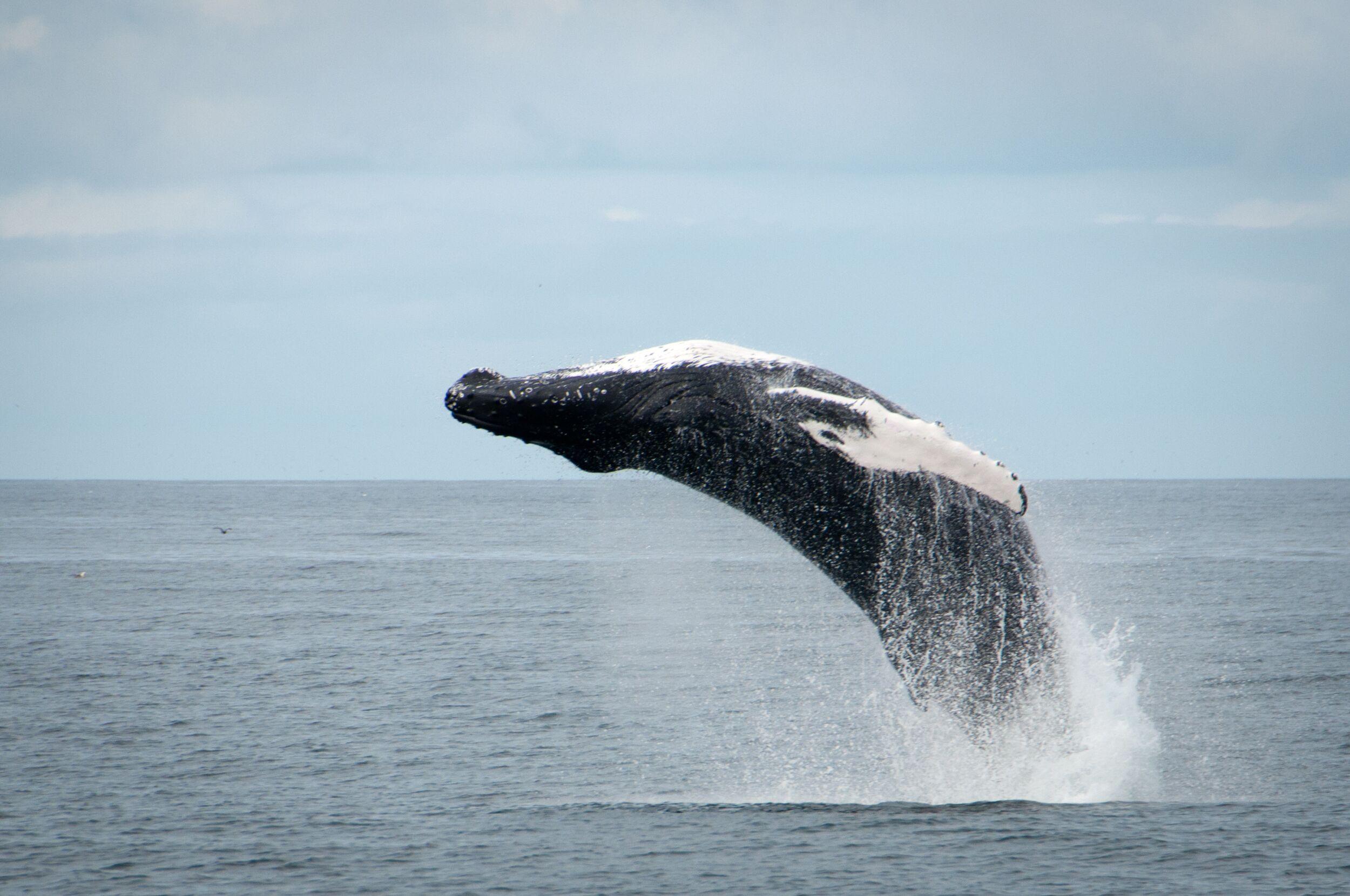
Whale Watching from Reykjavik
Set sail from Reykjavik aboard one of Iceland’s most family-friendly whale watching vessels and immerse yourself in a marine spectacle! Witness whales, dolphins, and vibrant birdlife while diving deep into oceanic tales. This comfortable, safe and educational trip has an excellent success rate, and if you don’t see the whales, you're invited to rebook at no extra cost!
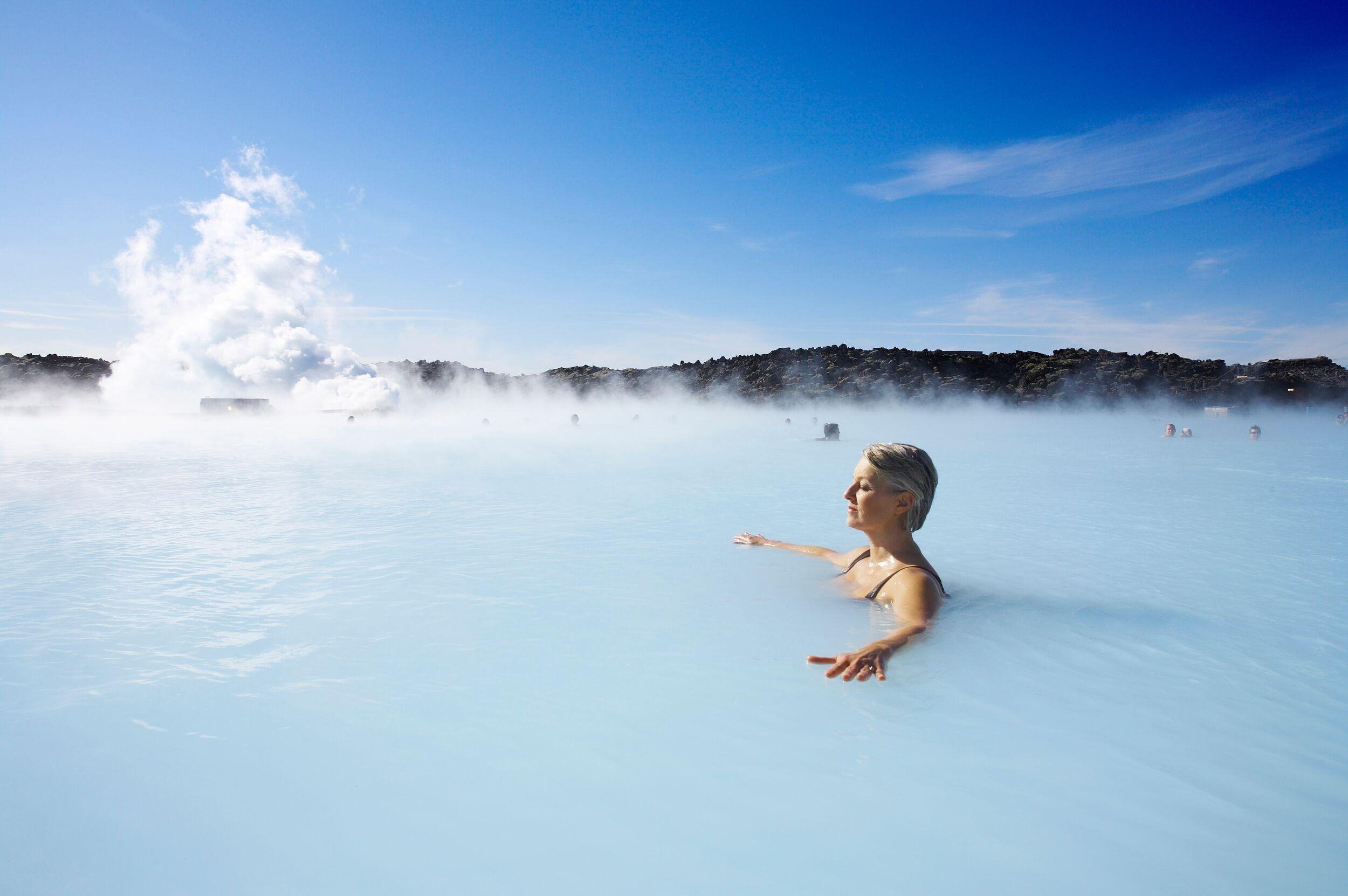
- Best seller
- Popular
Blue Lagoon & Northern Lights
Enjoy a perfect winter day in Iceland! Experience the best of Iceland with this package of two of the island’s most popular tours in one day! Soak in the milky blue healing water of the Blue Lagoon, which is one of Iceland's most famous tourist attractions and is considered by many to be a once-in-a-lifetime experience and an unmissable part of a visit to Iceland. After your return to Reykjavík, a guide will lead you on a search for the elusive northern lights! Watching the lights dance and flicker in the sky, changing shape and colour, is incredible. Prepare to be dazzled!

Golden Circle & Blue Lagoon
Experience the best of Iceland with this package of two of the island’s most popular tours in one day! The Golden Circle encompasses the must-see sights of Þingvellir National Park, the golden Gullfoss waterfall, and the bubbling geothermal region of Geysir. After touring the landmarks, soak in the milky blue healing water of the Blue Lagoon.
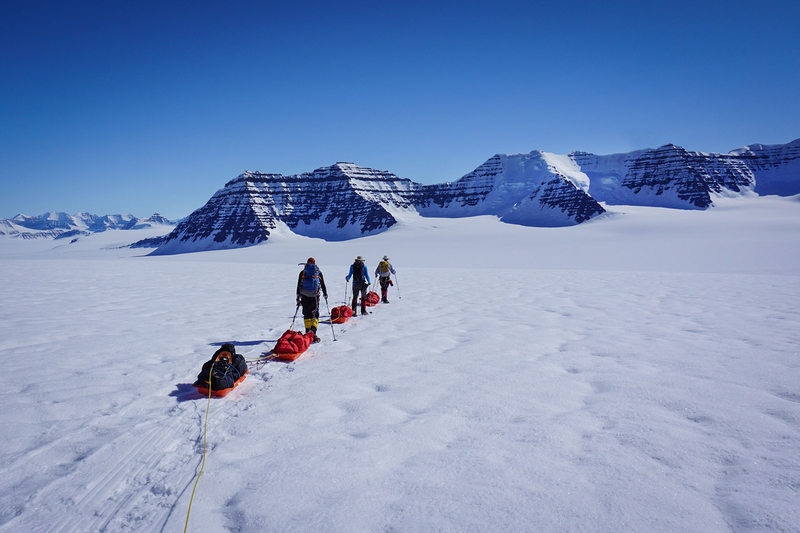
Mt Gunnbjörn, the Highest Peak in Greenland
Are you dreaming of an Arctic adventure of a lifetime? This 5-day tour has you scaling the highest peak of the Arctic (3694 m/12120 ft). Mt. Gunnbjörn has been called the 8th continental peak due to its massive size, and it beckons climbers from around the world. On the east coast, where towering mountains rise from the Greenland icecap, the conditions are pristine and similar to those in Antarctica. There’s nothing quite like challenging yourself to climb in one of the most isolated areas of the north, with the fresh Arctic air and stark white snow. An experienced and qualified guide will lead the group, keeping participants safe and informed. This is not a trek for a beginner as the hike is considered strenuous, and participants should have mountain climbing experience and be prepared to camp for four nights. Mt. Gunnbjörn is easily accessible on a ski plane from Iceland. Once in the Watkins Mountains, we set up a comfortable base camp at the foot of the mountain. To make the summit day more manageable, we establish one camp on the way to the summit. The climb can be done on snowshoes, with the last part done on crampons.
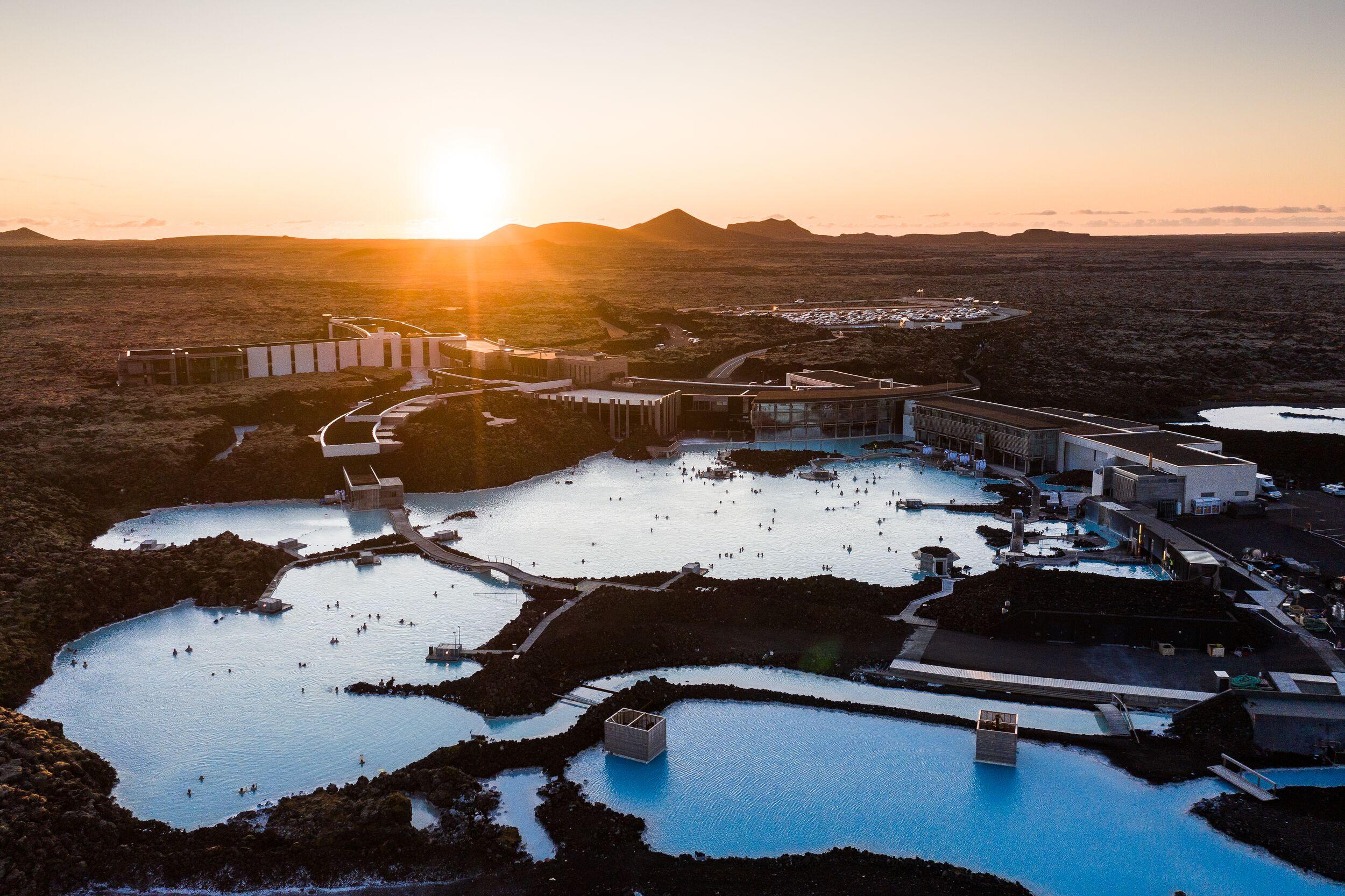
Volcanic Wonders with Grindavik Visit & the Blue Lagoon
Embark on a carbon-neutral journey through Iceland’s stunning volcanic landscapes. Enjoy a refreshing hike across a lava field, formed by recent eruptions, and then unwind with a soothing soak in the healing geothermal waters. This perfect combination of adventure and relaxation offers an unforgettable way to experience the raw power and serene beauty of Iceland’s natural wonders.
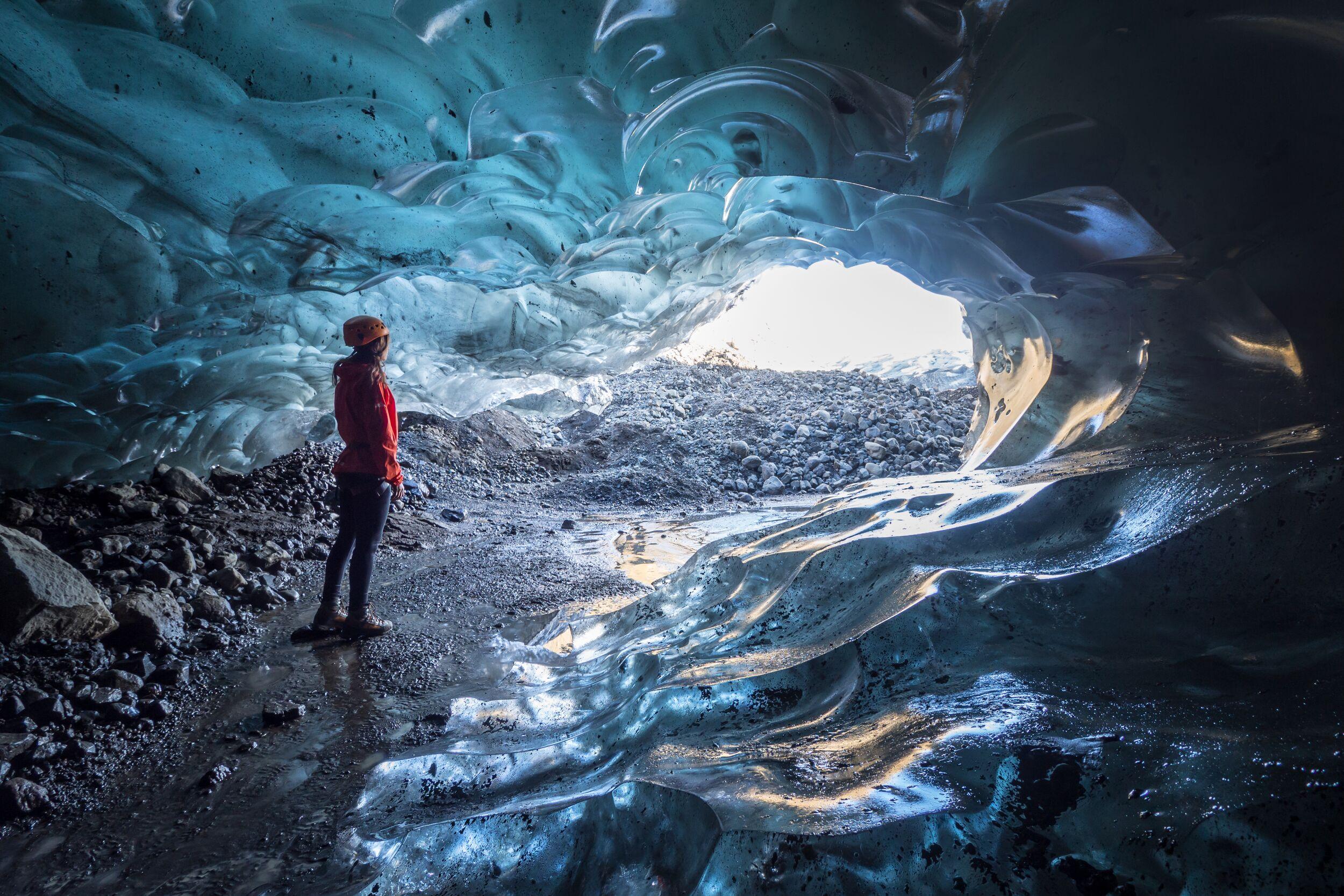
Ice Cave & Glacier Hike in Skaftafell
Join our certified guides for a thrilling exploration of vibrant blue ice caves and intricate tunnels shaped by glacial movement. Experience the serene beauty of this dynamic landscape and finish the tour with stunning views of the lowlands and Atlantic Ocean.


